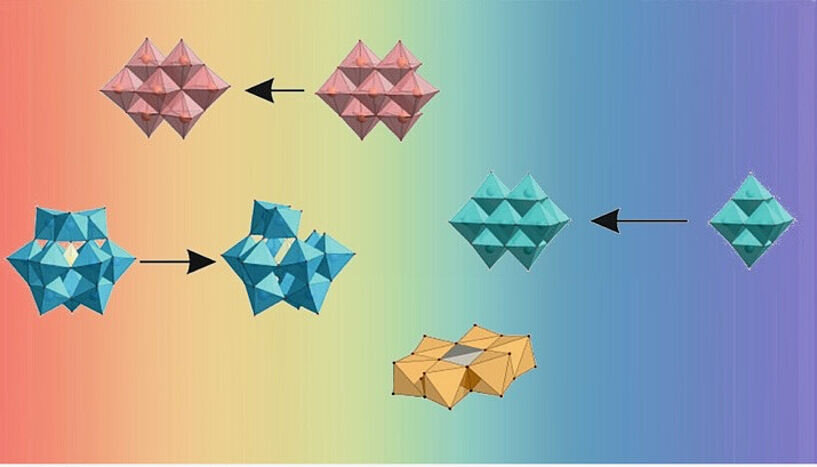The University of Vienna’s researchers have unveiled a groundbreaking speciation atlas published in Science Advances. This newly created tool has the potential to revolutionize catalysis, medicine, and other fields by providing insights into the behavior and stability of complex metal compounds found in aqueous solutions.
Complex metal compounds, known as “polyoxometalates” or “POMs,” can form intricate 3D structures with oxygen that resemble wire mandalas. These structures have diverse applications in chemistry, biology, material science, and natural processes. However, due to their high variability and sensitivity to environmental changes, predicting their structure and function for different applications has been a major challenge for researchers in fields like medicine and environmental remediation.
To address this challenge, Nadiia Gumerova and Annette Rompel from the University of Vienna’s Faculty of Chemistry have developed a speciation atlas. This unique database includes a predictive model that accurately determines the structure and behavior of 10 commonly used POMs under various chemical conditions. The model considers factors such as pH, temperature, incubation time, buffer solutions, reducing or chelating agents, and ionic strength.
In addition to the speciation atlas, Gumerova and Rompel have created a “roadmap” for other scientists working with POMs. By selecting stable POM variants, specifying application system parameters, and conducting POM speciation studies, researchers can ensure accurate results and optimize the use of POMs in their work.
“The speciation atlas for POMs represents a significant advancement in our understanding of these complex metal compounds. Its insights have the potential to drive new discoveries and advancements in catalysis, biology, medicine, and beyond,” explains Annette Rompel.
More information:
Nadiia I. Gumerova et al, Speciation atlas of polyoxometalates in aqueous solutions, Science Advances (2023). DOI: 10.1126/sciadv.adi0814
Provided by University of Vienna
Citation:
‘Cheat sheet’ published for complex metal compounds, describing structure and behavior (2023, June 22)
retrieved 22 June 2023
from https://phys.org/news/2023-06-sheet-published-complex-metal-compounds.html
This document is subject to copyright. Apart from any fair dealing for the purpose of private study or research, no
part may be reproduced without the written permission. The content is provided for information purposes only.
Denial of responsibility! TechCodex is an automatic aggregator of the all world’s media. In each content, the hyperlink to the primary source is specified. All trademarks belong to their rightful owners, and all materials to their authors. For any complaint, please reach us at – [email protected]. We will take necessary action within 24 hours.

Jessica Irvine is a tech enthusiast specializing in gadgets. From smart home devices to cutting-edge electronics, Jessica explores the world of consumer tech, offering readers comprehensive reviews, hands-on experiences, and expert insights into the coolest and most innovative gadgets on the market.


